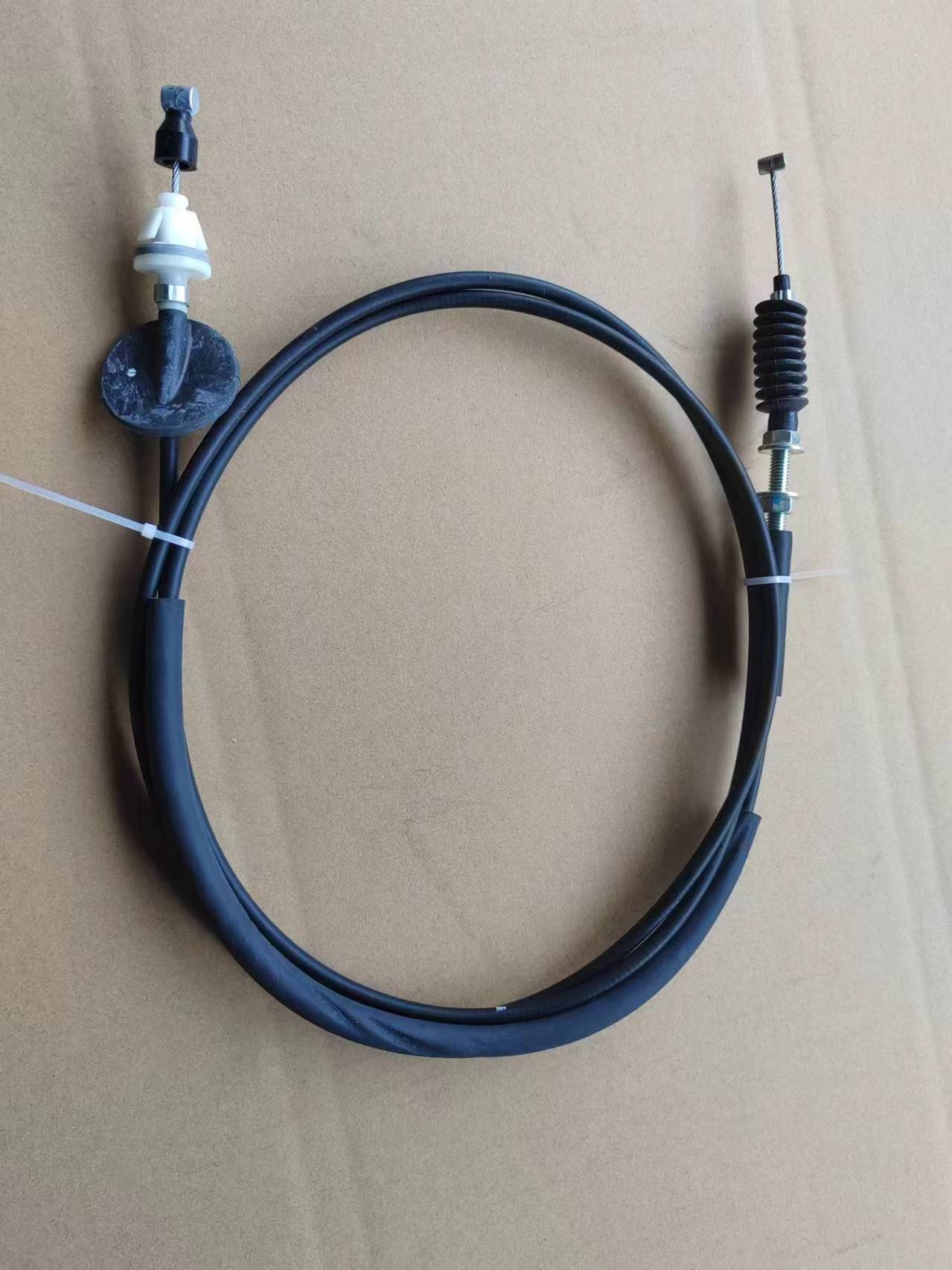Understanding Cable and Throttle Pedal Mechanics for Improved Vehicle Performance
Understanding Cable Throttle Pedals Mechanism, Advantages, and Applications
In the realm of automotive engineering, the throttle pedal plays a critical role in controlling the engine's output and, consequently, the vehicle's speed. Among various types of throttle systems, the cable throttle pedal is one of the most traditional yet effective designs that continue to be relevant in many applications today. This article explores the mechanism, advantages, and applications of cable throttle pedals.
Mechanism of Cable Throttle Pedals
The basic operation of a cable throttle pedal is relatively straightforward. It consists of a pedal linked to the throttle valve via a flexible cable. When the driver presses down on the pedal, it pulls the cable, which in turn opens or closes the throttle valve. This increase or decrease in the air-fuel mixture entering the engine directly influences the engine's power output.
The cable itself is typically made of high-strength materials designed to withstand tension and friction. It runs from the throttle pedal in the driver’s compartment to the throttle body in the engine. This mechanical connection allows for a direct and immediate response; when the driver accelerates or decelerates, the action is mirrored promptly in the engine's performance.
Advantages of Cable Throttle Pedals
1. Simplicity and Reliability One of the significant advantages of cable throttle pedals is their simplicity. With fewer electronic components than electronic throttle control (ETC) systems, cable systems are generally more reliable and easier to troubleshoot. In the case of a failure, it’s often easier to diagnose and repair a cable system than its electronic counterparts.
2. Direct Feedback Drivers often report a more intuitive driving experience with cable throttle pedals. The direct mechanical connection provides immediate feedback, allowing the driver to feel more in control of the vehicle. This tactile response can enhance the driving experience, especially in performance-oriented vehicles.
3. Cost-Effectiveness Manufacturing and maintaining cable throttle systems can be less expensive compared to electronic throttle systems. As a result, many manufacturers choose cable systems for cost-sensitive applications, such as small vehicles and budget models.
cable throttle pedal

4. Less Vulnerability to Electrical Issues Since cable throttle pedals do not rely on electronic sensors or motors to operate, they are less susceptible to issues arising from electrical failures. This attribute makes them suitable for environments where electronic systems may face interference or degradation.
Applications of Cable Throttle Pedals
Despite the growing popularity of electronic throttle control systems, cable throttle pedals remain prevalent across various applications
1. Automobiles Many older car models, as well as certain budget and performance vehicles, utilize cable throttle pedals due to their simplicity and reliability.
2. Motorcycles Many motorcycles employ cable throttle systems for their direct feel and responsiveness, allowing riders to have precise control over their speed.
3. Boats and Marine Vehicles Given the demanding environments faced by marine engines, cable throttle systems are commonly used to ensure reliability and rugged performance.
4. ATVs and Snowmobiles In off-road and extreme conditions, the straightforward mechanics of cable throttle pedals make them a popular choice for all-terrain vehicles and snow machines.
Conclusion
In summary, cable throttle pedals represent a classic engineering solution that continues to find relevance in modern automotive design. Their simplicity, reliability, and driver engagement make them a preferred choice in various applications. While technology continues to evolve, the cable throttle pedal remains a testament to the effectiveness of traditional mechanical systems in providing a direct and satisfying driving experience. As long as there is a demand for reliable and cost-effective solutions, cable throttle systems will maintain their rightful place in the automotive world.
-
Workings of Clutch Pipe and Hose SystemsNewsJun.04,2025
-
The Inner Workings of Hand Brake Cable SystemsNewsJun.04,2025
-
The Secrets of Throttle and Accelerator CablesNewsJun.04,2025
-
The Hidden Lifeline of Your Transmission Gear Shift CablesNewsJun.04,2025
-
Demystifying Gear Cables and Shift LinkagesNewsJun.04,2025
-
Decoding Clutch Line Systems A Comprehensive GuideNewsJun.04,2025
